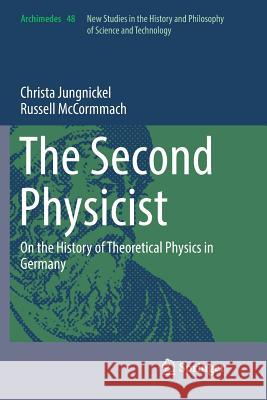The Second Physicist: On the History of Theoretical Physics in Germany » książka
topmenu
The Second Physicist: On the History of Theoretical Physics in Germany
ISBN-13: 9783319841908 / Angielski / Miękka / 2018 / 460 str.
Kategorie BISAC:
Wydawca:
Springer
Seria wydawnicza:
Język:
Angielski
ISBN-13:
9783319841908
Rok wydania:
2018
Wydanie:
Softcover Repri
Ilość stron:
460
Waga:
0.68 kg
Wymiary:
23.39 x 15.6 x 2.51
Oprawa:
Miękka
Wolumenów:
01
Dodatkowe informacje:
Wydanie ilustrowane











